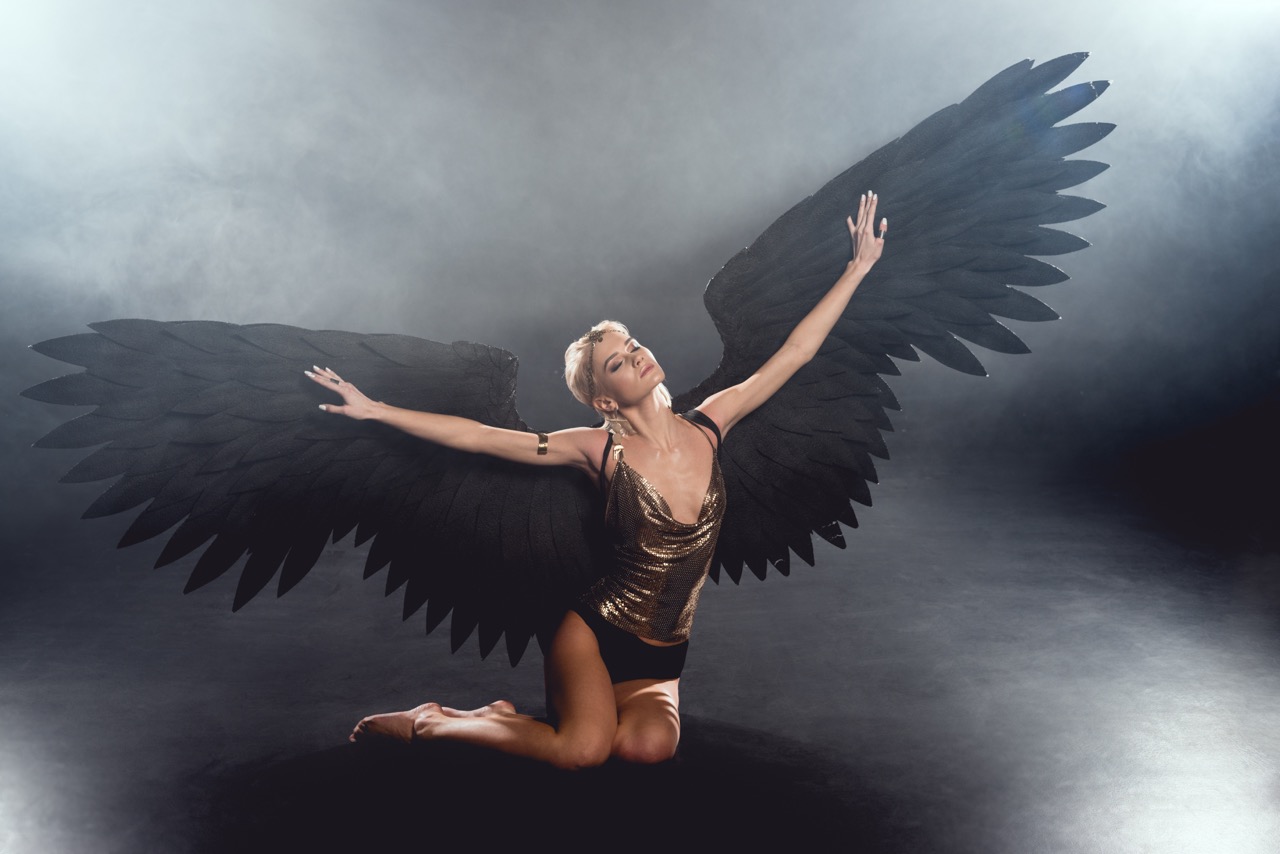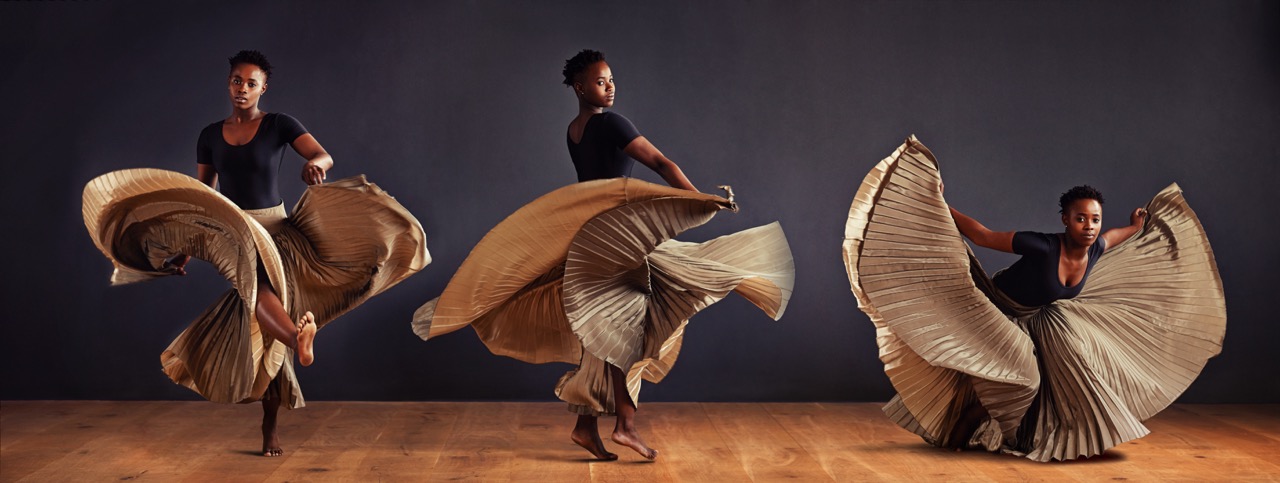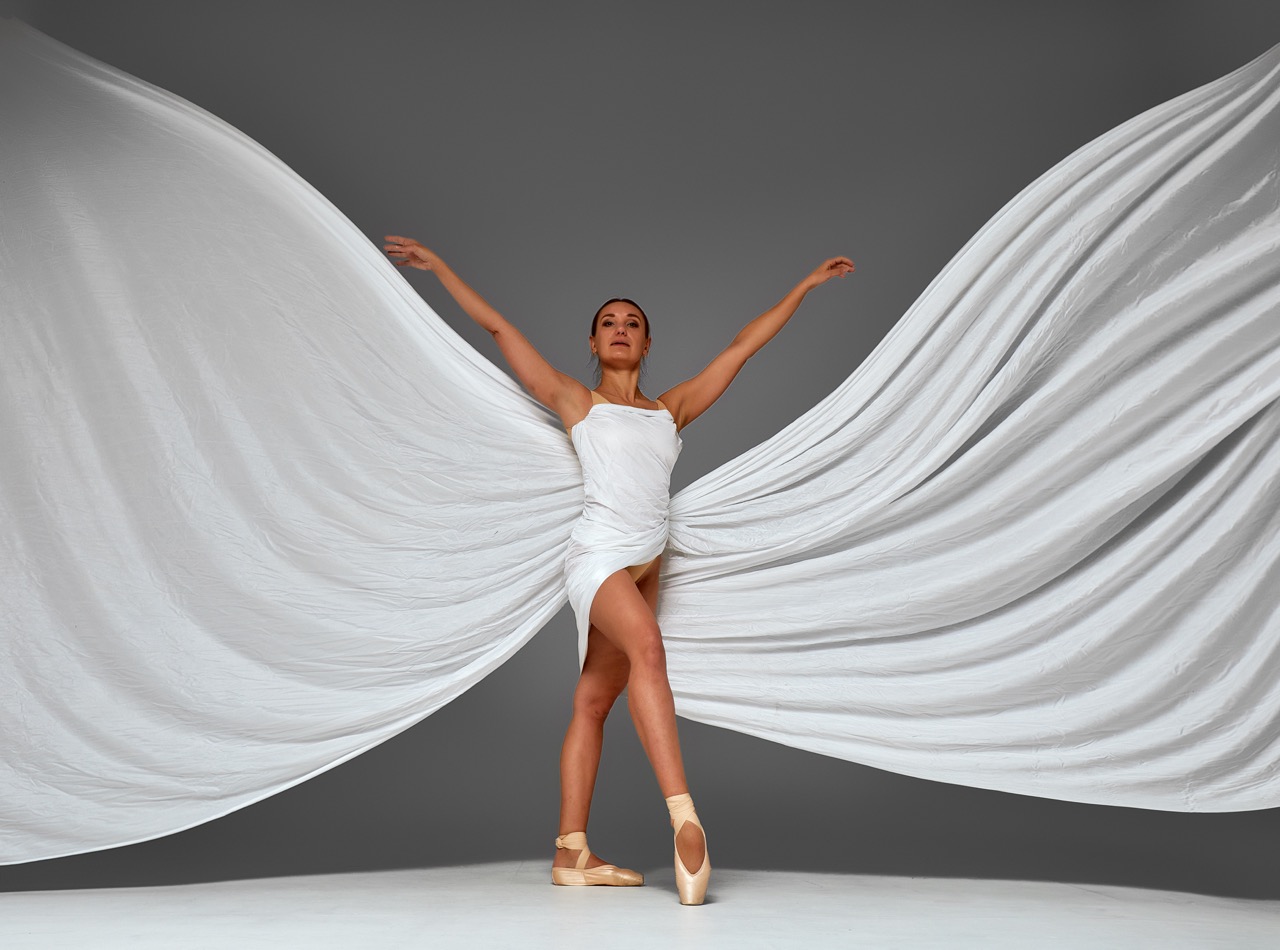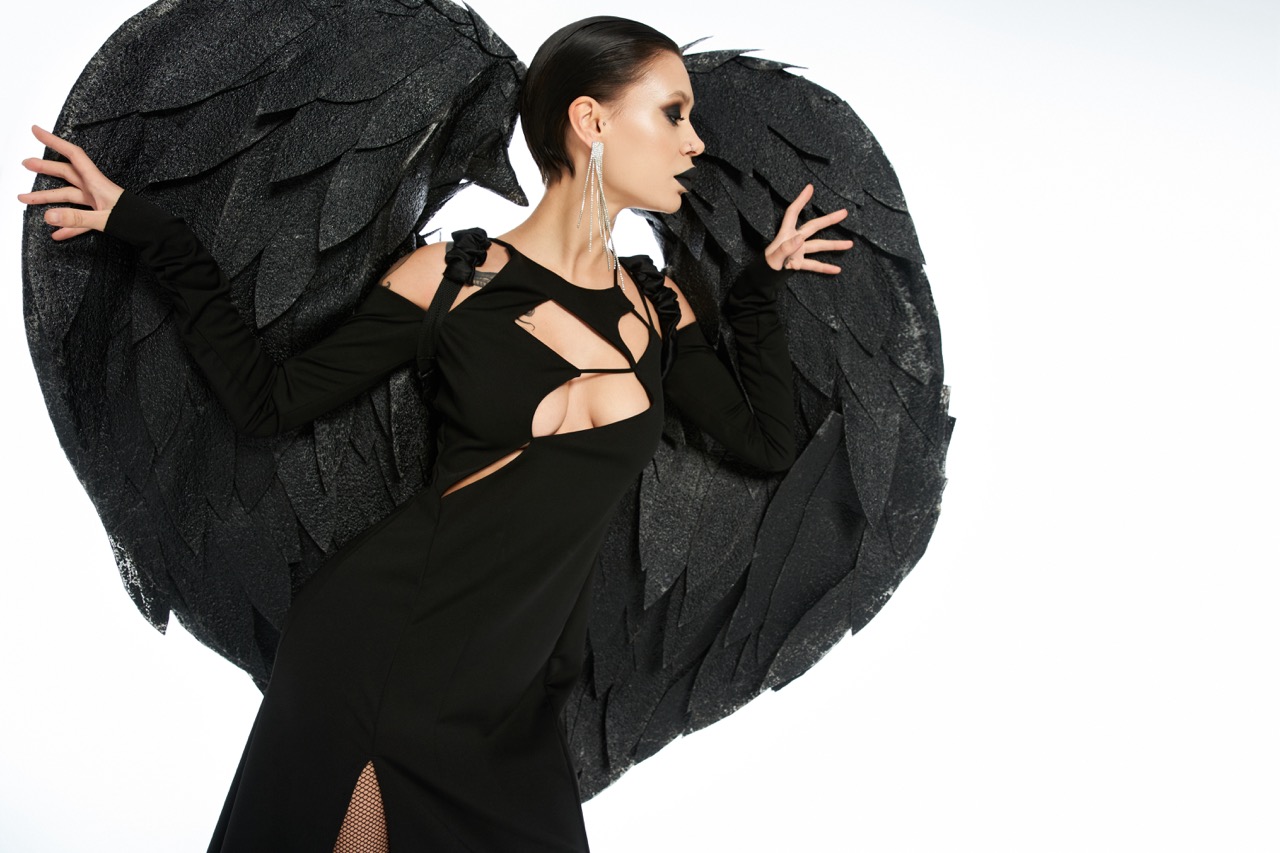In the world of dance, aesthetics and performance are paramount. Dance wings, those magnificent extensions that add a dramatic flair to performances, are often subject to wear and tear due to their extensive use in the demanding environments of stage shows. As technology continues to evolve, the durability of dance wings is being transformed, enhancing their longevity and performance. This article explores the innovative technologies and materials that are revolutionizing the dance wings industry, ensuring that dancers can express their artistry without the limitations of fragility.
Revolutionizing Dance Wings: The Tech Behind Durability
The evolution of dance wings has been significantly influenced by advancements in technology, which have allowed designers to rethink traditional materials and construction methods. In the past, dance wings were often crafted from delicate fabrics that could easily tear or degrade over time. However, modern manufacturing techniques have introduced a range of synthetic materials that promise increased resilience without compromising aesthetic appeal. These materials are not only lightweight but also designed to withstand the rigors of performance, including high-energy movements and exposure to various environmental factors.
Moreover, the integration of computer-aided design (CAD) software has enabled designers to create more precise and intricate wing structures. With the ability to simulate performance conditions virtually, designers can optimize the shape, size, and balance of the wings, ensuring that they perform as intended while minimizing stress on the fabric. This technological intervention has led to the production of dance wings that are not only visually stunning but also engineered for durability, making them a more practical choice for professional dancers.
Additionally, the use of 3D printing technology in the production of dance wings is pushing the boundaries of design and durability. Designers can create complex, customized structures that enhance the aesthetic elements of the wings while ensuring they are robust enough to endure repeated use. The ability to experiment with designs without the need for extensive prototyping has led to innovative concepts that resonate with contemporary dance narratives, all while ensuring that these creations can withstand rigorous performance schedules.
Innovative Materials: The Future of Dance Wing Performance
As the quest for durability continues, the exploration of innovative materials has taken center stage. Advanced textiles such as ripstop nylon and polyester blends are now favored for their strength and resistance to tearing. These materials are not only durable but also lightweight, ensuring that dancers can move freely without being weighed down. The incorporation of these fabrics allows for the creation of vibrant, flowing wings that retain their shape and integrity even after multiple performances.
Another exciting development in materials science is the emergence of bio-based fabrics. These sustainable alternatives are not only environmentally friendly but also offer impressive durability. For instance, fabrics made from recycled plastics or organic cotton blends are becoming increasingly popular in dance wing production. These materials promise to maintain their structure and color over time, reducing the need for frequent replacements and aligning with the growing demand for sustainable practices in the performing arts.
The future of dance wing performance also lies in the integration of coatings and finishes that enhance the durability of fabrics. Water-repellent and UV-resistant treatments can protect dance wings from environmental damage, ensuring that they remain vibrant and intact even in challenging performance conditions. These innovations not only contribute to the longevity of the wings but also elevate the performance quality by allowing dancers to focus on their artistry rather than worrying about potential wear and tear.
Smart Fabrics: Enhancing Flexibility and Longevity in Dance
The advent of smart fabrics marks a new chapter in the durability of dance wings. These textiles are embedded with technology that can respond to environmental stimuli, enhancing flexibility and comfort for the dancer. For instance, some smart fabrics can adjust their properties based on temperature or humidity, ensuring optimal performance conditions. This adaptability means that dance wings can maintain their shape and functionality, regardless of the environment in which they are used.
Another innovative aspect of smart fabrics is their ability to incorporate sensory technology. Dancers can wear wings that not only look stunning but also have sensors that monitor movement dynamics, allowing for real-time feedback on performance. This integration of technology enables dancers to refine their techniques and enhance their performances, all while ensuring the durability of the wings themselves. As a result, smart fabrics are positioned to revolutionize how dance wings are perceived and utilized in the industry.
Moreover, the longevity of smart fabrics is further enhanced by their resistance to damage from repeated use and exposure to various elements. By utilizing advanced weaving techniques and innovative treatments, these fabrics can withstand the rigors of a demanding performance schedule. As smart fabric technology continues to evolve, it holds the promise of creating dance wings that not only excel in durability but also in the overall dance experience, allowing performers to push the boundaries of their art.
Testing Beyond Limits: Tech Innovations in Dance Wing Design
In the relentless pursuit of durability, testing methodologies have advanced significantly, enabling designers to rigorously evaluate the performance of dance wings under various conditions. Utilizing simulation software, designers can replicate the stress and strain that wings undergo during a performance, identifying potential weak points and allowing for proactive improvements. This data-driven approach ensures that dance wings are not only visually appealing but also structurally sound, ready to withstand the challenges of live performances.
Additionally, collaboration between engineers and dance professionals has led to innovative testing methods that mimic real-world usage. By engaging dancers in the testing process, designers gain invaluable insights into how wings perform during actual movements. This partnership not only enhances the design process but also fosters a deeper understanding of the unique requirements that dancers place on their equipment, leading to wings that are more durable and performer-friendly.
The future of dance wing design is also leaning on artificial intelligence (AI) to refine durability testing. AI algorithms can analyze vast amounts of data collected from performance simulations and dancer feedback to predict potential failure points and suggest design modifications. This technological integration allows for a more efficient design process, ultimately resulting in dance wings that not only enhance performances but are also built to last.
The intersection of technology and artistry is reshaping the landscape of dance wings, ensuring that they are not only beautiful additions to a dancer’s performance but also robust tools that withstand the test of time. From innovative materials and smart fabrics to advanced testing methodologies, the commitment to enhancing durability is evident in every facet of dance wing design. As technology continues to evolve, we can expect even greater advancements that empower dancers to express their creativity without limitations. The future of dance wings is bright, and with it, the artistry of dance will continue to soar to new heights.










